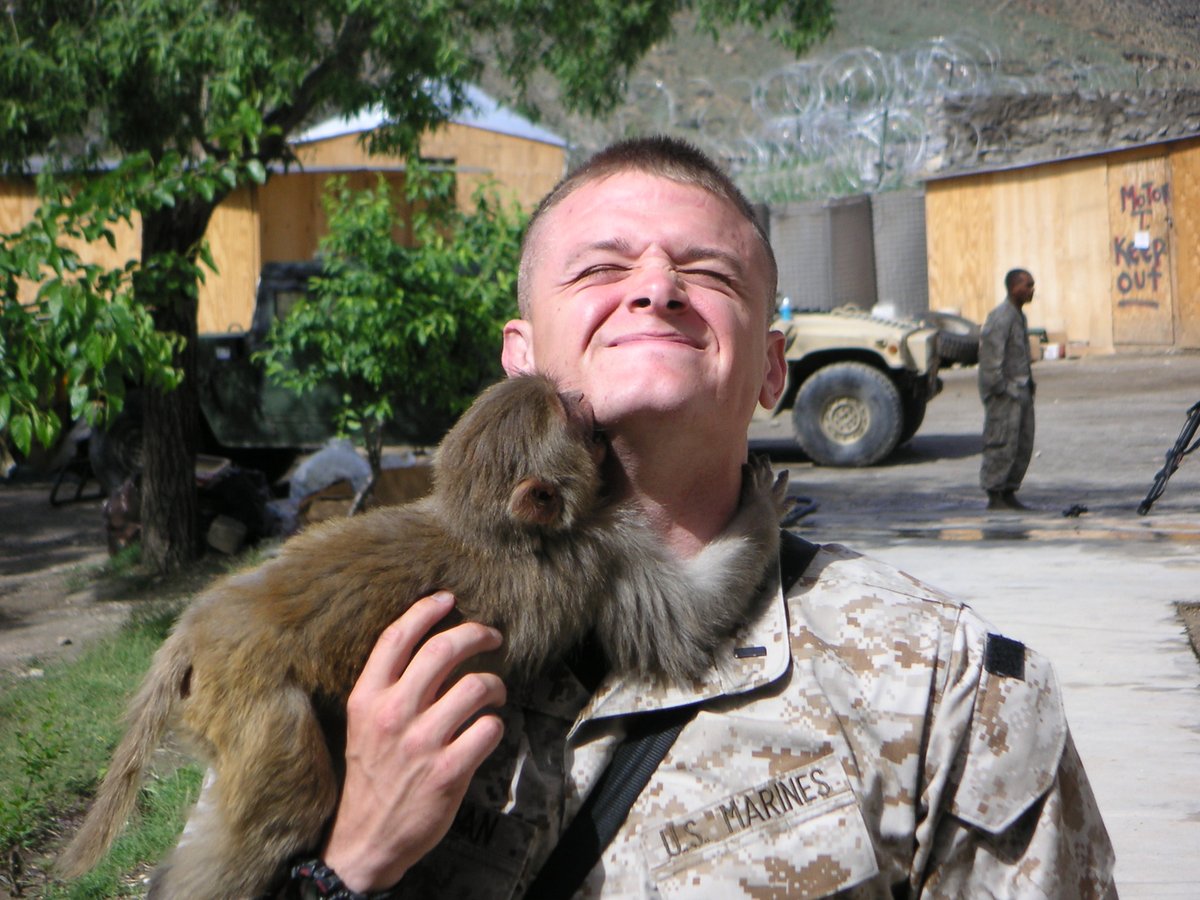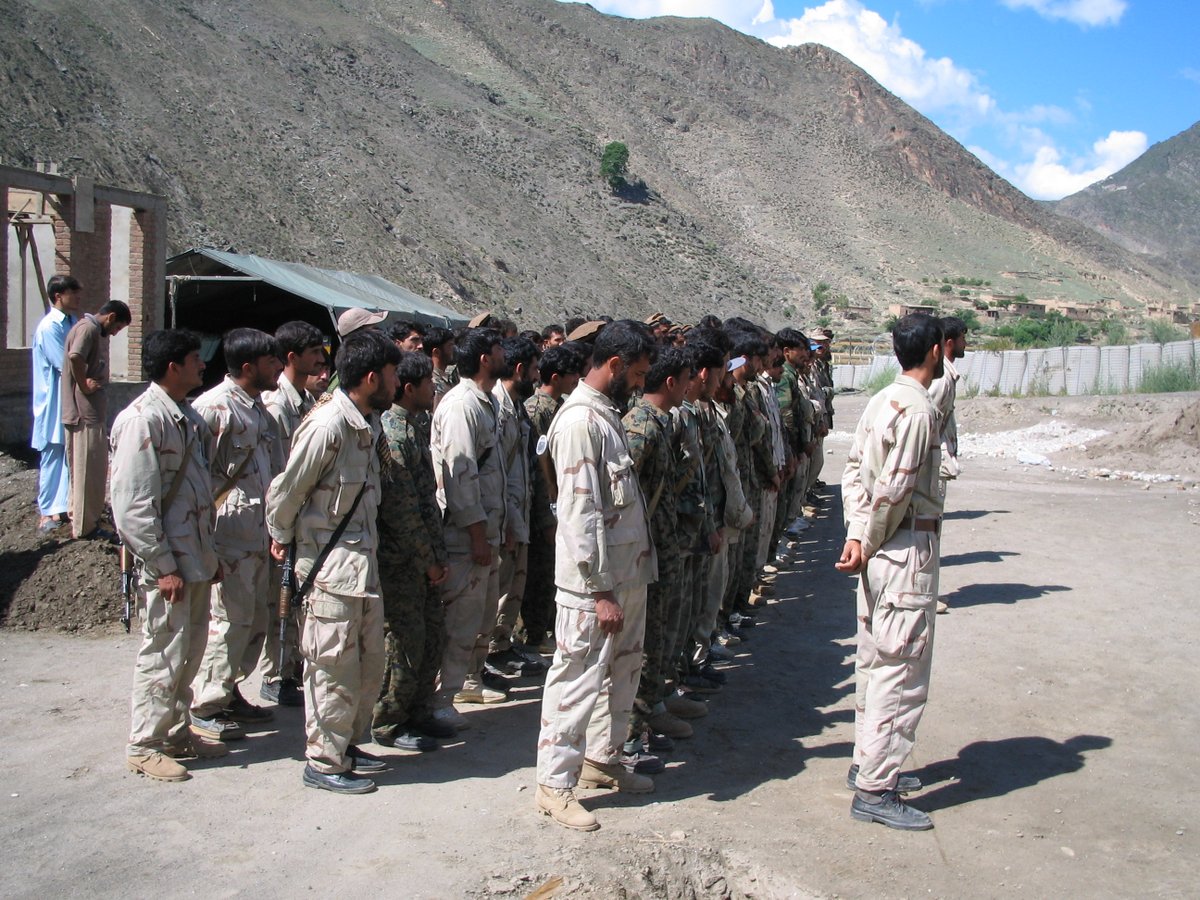Now that THE HARDEST PLACE is out, I& #39;m going to do a photo thread—there was only room in the book& #39;s photo insert for 20ish, but people I interviewed shared hundreds more fantastic ones with me. https://twitter.com/wesleysmorgan/status/1367564659272933382">https://twitter.com/wesleysmo...
"In 2002, we barely had maps," one of the early Rangers in Kunar told me. "We basically had Russian maps."
He wasn& #39;t exaggerating. Here& #39;s a map used by Marines in the Pech early in the war.
He wasn& #39;t exaggerating. Here& #39;s a map used by Marines in the Pech early in the war.
The Soviets got to Kunar in the early weeks after their Christmas 1979 intervention. The main base they set up was on the Asadabad peninsula that now houses the provincial gov& #39;t complex & a cricket pitch (viewed here in photos from helicopters posted on Soviet veterans& #39; forums).
Soviet units were heavy & mechanized/motorized during their early years in Kunar, as these photos of BMPs/BTRs in the Pech valley—which blew my mind when I first saw them, the tracked BMPs especially—show.
As you can see in the third photo, there were problems with this approach
As you can see in the third photo, there were problems with this approach
Contrary to the common stereotype, the Soviets learned from this experience, and during the latter half of their time in Kunar, they operated as a light, flexible force, doing small, frequent air assaults & multi-day patrols to heights where US forces would venture only rarely.
This evolution didn& #39;t just apply to Soviet SOF units, like the 334th Separate Spetsnaz Group working eastward out of Asadabad. The 66th Separate Motorized Brigade, whose AO was Kunar/Nangarhar, transformed one of its battalions into a roving, SOF-like air assault unit.
As THE HARDEST PLACE describes, the US evolution in Kunar was opposite—from light/flexible to heavy/motorized, driving MRAPs as wide & heavy as BTRs
This is the earliest photo I have of US SOF in Kunar in 2002—Rangers working out of Topchi (later FOB Wright), an old Soviet base
This is the earliest photo I have of US SOF in Kunar in 2002—Rangers working out of Topchi (later FOB Wright), an old Soviet base
As JSOC’s attention turned from Afghanistan to Iraq at the end of 2002, the most active US force in Kunar became a succession of Green Beret teams based at Asadabad. The famous Jim Gant deployed to Kunar as commander of one of those teams, ODA 316, in the spring of 2003.
In November 2003, the 75th Ranger Regt& #39;s 1st & 2nd Battalions & the 1st BCT, 10th Mountain Division flew & drove deep up the Pech.
The Ranger mission was called Winter Strike, the 10th Mountain one Mountain Resolve.
Here& #39;s 1/10& #39;s 2-22 Infantry at Bagram before they flew up:
The Ranger mission was called Winter Strike, the 10th Mountain one Mountain Resolve.
Here& #39;s 1/10& #39;s 2-22 Infantry at Bagram before they flew up:
Before one 10th Mountain battalion (2-22) flew up the Pech to Nangalam on the evening of Nov 6, 2003 in CH-47s, another (2-87) drove up during the day to secure the LZ, which would become the future site of Camp Blessing
Here are the brigade & battalion commanders during the op:
Here are the brigade & battalion commanders during the op:
Thanks to @CarterTroy, here is a photo from 2-87& #39;s Nov 2003 push up the Pech to Nangalam.
The twin convoy & air assault mirrored a two-battalion Soviet operation in 1980. The Soviet movement had been interrupted by the disastrous battle of Khara, but 2-87& #39;s went quietly.
The twin convoy & air assault mirrored a two-battalion Soviet operation in 1980. The Soviet movement had been interrupted by the disastrous battle of Khara, but 2-87& #39;s went quietly.
2-22& #39;s mission: march up the Waygal to a mountainside settlement bombed a week earlier in a CIA-directed air strike & try to figure out whom it had killed (backstory on the botched, tragic strike in ch. 2).
That& #39;s the site where THE HARDEST PLACE& #39;s lower cover image was taken:
That& #39;s the site where THE HARDEST PLACE& #39;s lower cover image was taken:
While 2-22 trekked up the Waygal, 1/75 Ranger battalion flew out to the Kantiwa valley much deeper up the Pech, where few US troops would go again.
1/75 was expecting a fight but didn& #39;t get one. They wound up staying at a fort belonging to the family of their target, Haji Ghafor
1/75 was expecting a fight but didn& #39;t get one. They wound up staying at a fort belonging to the family of their target, Haji Ghafor
2/75 headed even further north, to the Parun valley.
Neither Ranger battalion found anybody/anything they were looking for, even as they moved on to other Pech side-valleys that would become famous later (Korengal, Watapur).
Rangers nicknamed the mission "Winter Strikeout."
Neither Ranger battalion found anybody/anything they were looking for, even as they moved on to other Pech side-valleys that would become famous later (Korengal, Watapur).
Rangers nicknamed the mission "Winter Strikeout."
JSOC commander McChrystal& #39;s idea for Winter Strike—that Ranger Regt would pick bin Laden& #39;s trail back up—was hobbled by a lack of interpreters who spoke any of the 5 Nuristani languages they encountered.
Best the Rangers had were CIA& #39;s Pashto CTPTs (in choc-chip camo here).
Best the Rangers had were CIA& #39;s Pashto CTPTs (in choc-chip camo here).
At Thanksgiving, McChrystal visited the Rangers in some of the far-flung valleys & heard out their assessment that Winter Strike wasn& #39;t finding much.
Here are 1/75 commander Lt. Col. Mike Kershaw & 2-87 commander Lt. Col. Dave Paschal serving up turkey in the Pech, November 2003
Here are 1/75 commander Lt. Col. Mike Kershaw & 2-87 commander Lt. Col. Dave Paschal serving up turkey in the Pech, November 2003
On Nov. 14, 2003, an IED struck a 2/75 Ranger convoy outside Kandigal, by the Korengal& #39;s mouth, killing 2/75 assistant armorer Sgt. Jay Blessing.
“I just thought the world of Jay,” his mentor at 2/75, Korea/Vietnam vet Ray Fuller Sr., told me. “Jay was a splendid Ranger."
“I just thought the world of Jay,” his mentor at 2/75, Korea/Vietnam vet Ray Fuller Sr., told me. “Jay was a splendid Ranger."
As Winter Strike wound down, a Green Beret team took over the Nangalam encampment the Rangers & 10th Mountain had been using.
This base was what Winter Strike left behind, & it was named after Blessing, the first American killed in Kunar or the Pech. Here it is being dedicated:
This base was what Winter Strike left behind, & it was named after Blessing, the first American killed in Kunar or the Pech. Here it is being dedicated:
One more from Winter Strike: this video, which @franzjmarty took the other day, shows where the Kantiwa valley—home of 1/75 Rangers from early Nov to late Dec 2003, rarely visited by US troops again—joins the Pech. While the bulk of 1/75 flew in, one company hiked up this. https://twitter.com/franzjmarty/status/1377349106260058112">https://twitter.com/franzjmar...
The Green Berets who became the first long-term residents of Camp Blessing at the end of 2003—and the first American troops to live day in, day out in the Pech—were ODA 936, a Utah National Guard team from the 19th SF Group.
Here some of them are:
Here some of them are:
ODA 936 was led by Capt. Ron Fry (memoir here: https://www.amazon.com/Hammerhead-Six-Unconventional-Against-Afghanistans/dp/0316341444).">https://www.amazon.com/Hammerhea... The team& #39;s approach was to work closely with district leaders to stand up a militia & build a small "ink blot" of security around Nangalam. They didn& #39;t go looking for fights, especially in the Korengal.
Ron Fry& #39;s ODA 936 was replaced by ODA 361, which took the opposite approach.
"Commander Ron was a jirga guy," one Nangalam man told me. “Commander Luke was not a jirga guy. He was our district governor & our police. He liked to fight, & he was the first to fight the Korengalis.”
"Commander Ron was a jirga guy," one Nangalam man told me. “Commander Luke was not a jirga guy. He was our district governor & our police. He liked to fight, & he was the first to fight the Korengalis.”
Both teams embraced imagery of SF& #39;s Vietnam heyday, naming pets & modeling pieces of the base in tribute to John Wayne& #39;s 1968 "The Green Berets." Note tiger-stripe camo they outfitted their local "indig" militia with (photo from two teams& #39; brief spring 2004 overlap period)
Both ODA 936 and ODA 361 were squaring off against an Egyptian al-Qaida operative who seemed to function a bit like a Green Beret himself, training & advising local militants in the Pech. He went by the nom de guerre Abu Ikhlas al-Masri & had been living in Kunar since the & #39;80s.
With the Green Berets at Camp Blessing was a platoon from 3/6 Marines.
The Marines were there for security, but they would wind up inheriting the Pech counterinsurgency mission in the fall of 2004 when CJSOTF-A headquarters at Bagram pulled ODA 361 out of the valley.
The Marines were there for security, but they would wind up inheriting the Pech counterinsurgency mission in the fall of 2004 when CJSOTF-A headquarters at Bagram pulled ODA 361 out of the valley.
Here’s a sketch a Marine from 3/6 did of Nangalam from OP Avalanche above Blessing.
During a big attack on Blessing at the end of August 2004, insurgents took one of these OPs & used it to fire a DShK into the base below—the first attempt at overrunning a US outpost in the Pech
During a big attack on Blessing at the end of August 2004, insurgents took one of these OPs & used it to fire a DShK into the base below—the first attempt at overrunning a US outpost in the Pech
A month later, on Sept 23, insurgents reprised the attack while 3/6 battalion commander Dale Alford (now a major general) was visiting Blessing. Alford is seen here during an earlier visit with 25th ID’s Greg Gadson, who would lose his legs to an EFP during the Iraq surge.
Alford was struck by the Pech fighters’ skill, comparing them to AQI fighters he dealt with the next year in Qaim.
“In the Pech, you didn’t find a dead enemy soldier...they could drag [them] away faster than anybody I’ve ever seen,” he told me. Here’s the terrain:
“In the Pech, you didn’t find a dead enemy soldier...they could drag [them] away faster than anybody I’ve ever seen,” he told me. Here’s the terrain:
When ODA 361 left Blessing in late 2004, the Pech mission—including making use of the local militia the Green Berets had stood up—passed to a new platoon of Marines, from 3/3 out of Hawaii.
Here& #39;s platoon commander Justin Bellman with a monkey the SF guys also left for them.
Here& #39;s platoon commander Justin Bellman with a monkey the SF guys also left for them.
Bellman had been at Blessing a day when one of the outgoing SF soldiers asked if he wanted to see a firefight.
“They took me out to the Korengal Lumberyard, where they knew we were going to get into a firefight, and damned if we didn’t,” Bellman told me.
Here& #39;s the lumberyard:
“They took me out to the Korengal Lumberyard, where they knew we were going to get into a firefight, and damned if we didn’t,” Bellman told me.
Here& #39;s the lumberyard:

 Read on Twitter
Read on Twitter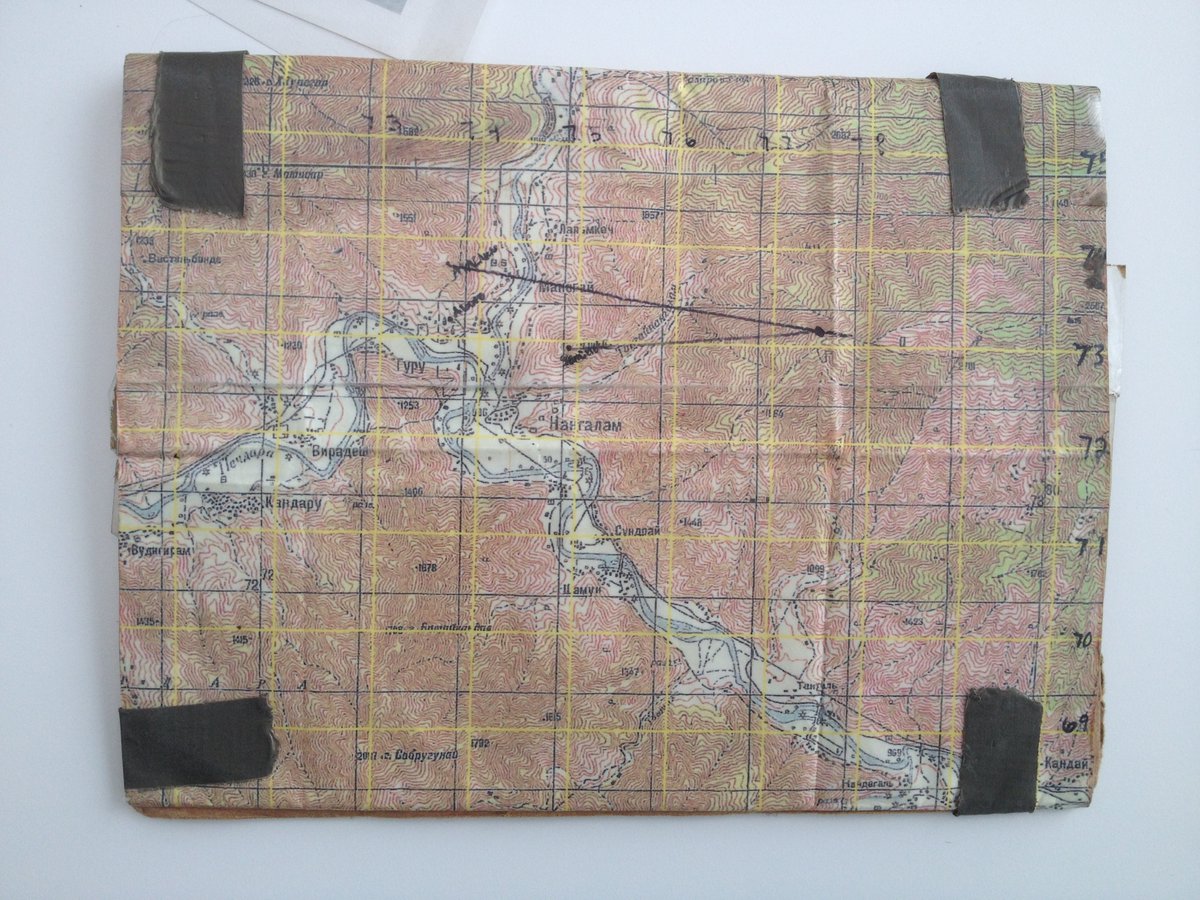
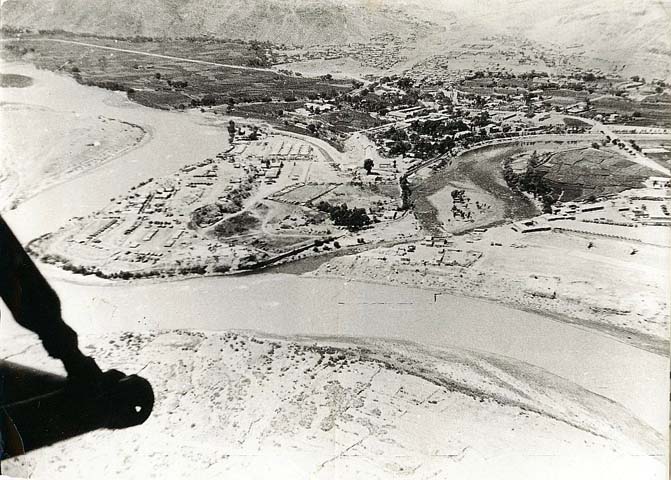
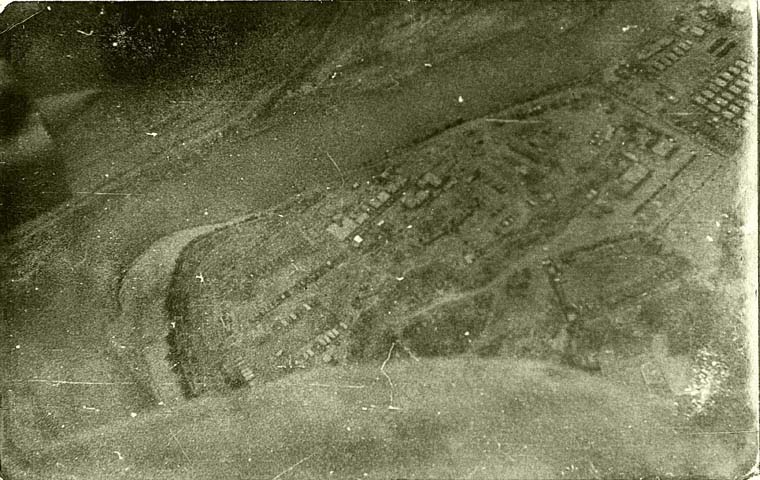


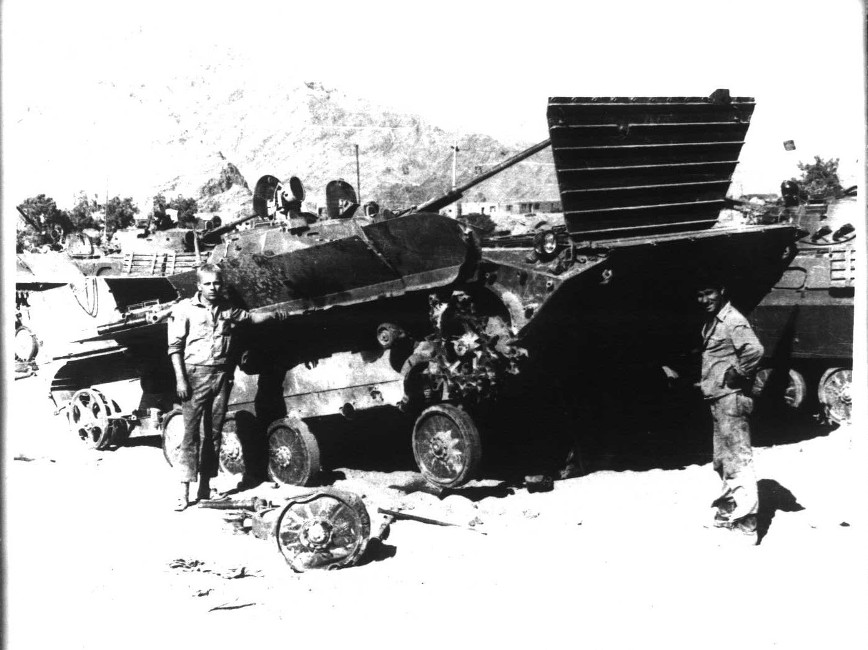
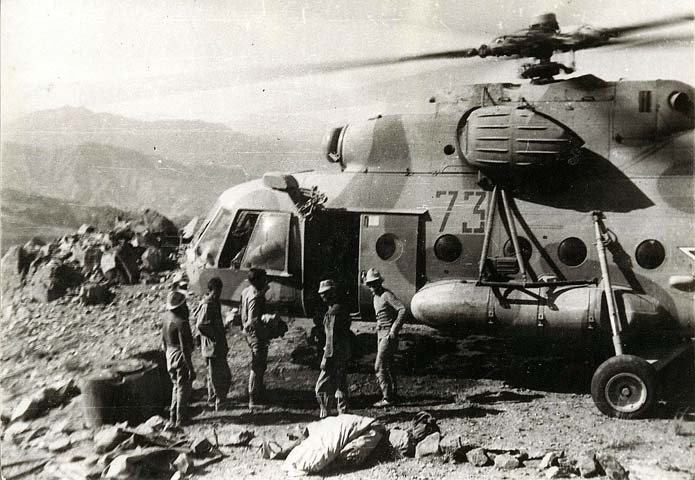
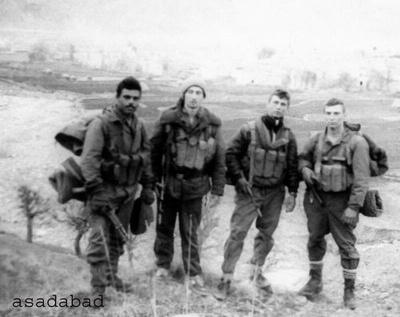
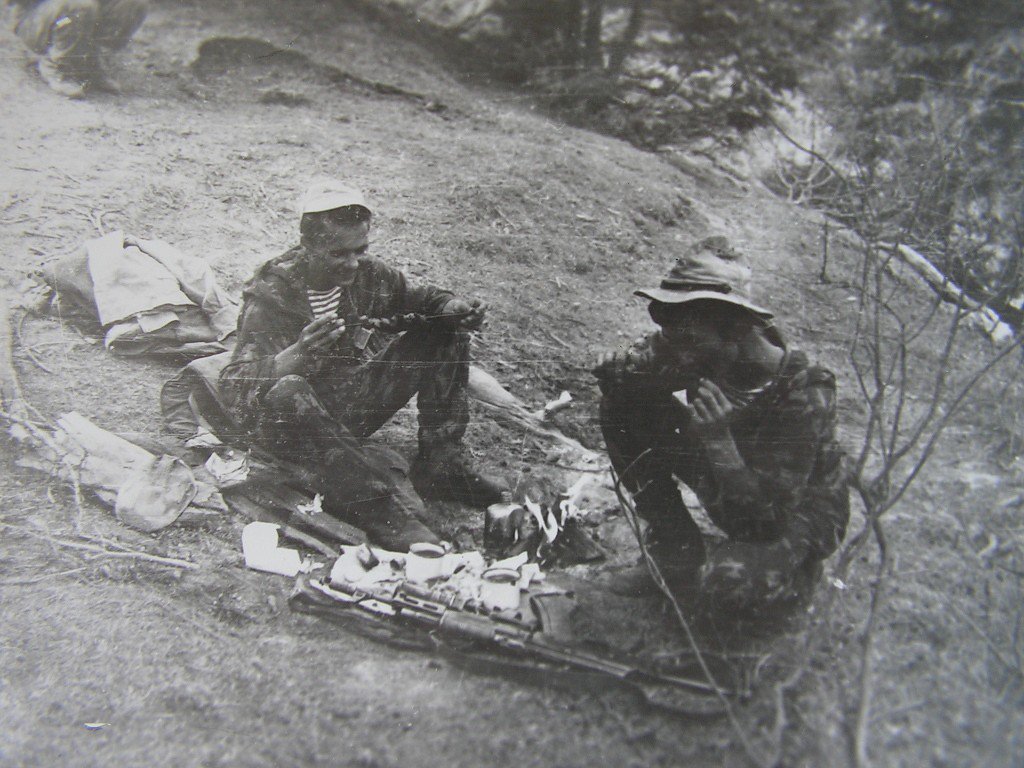

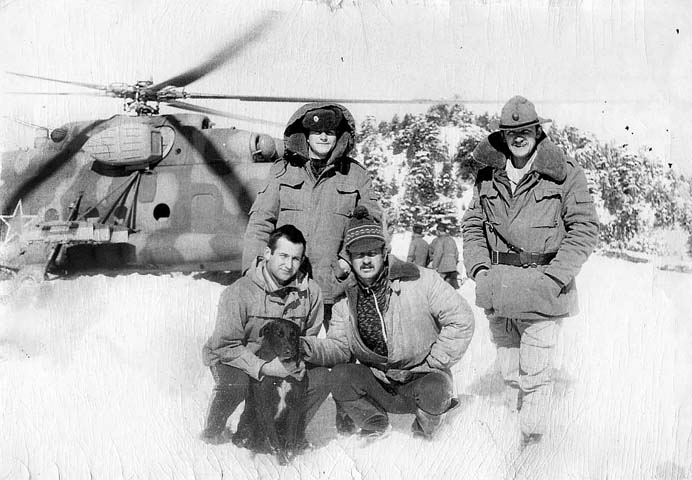

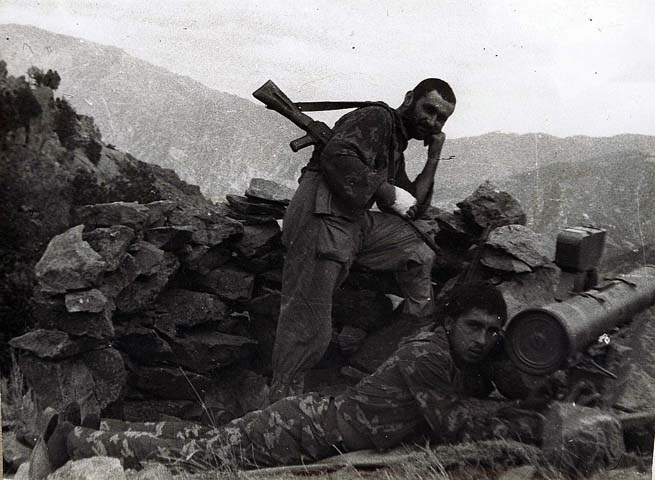
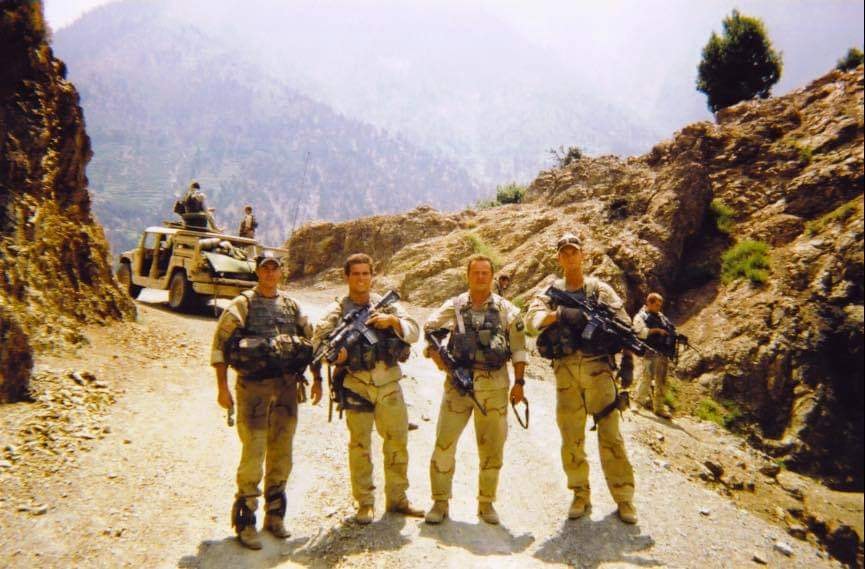


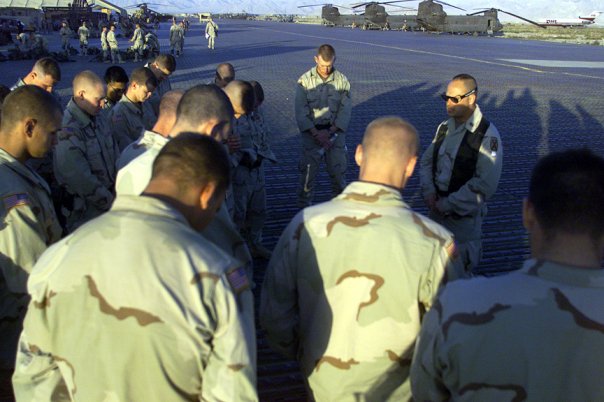
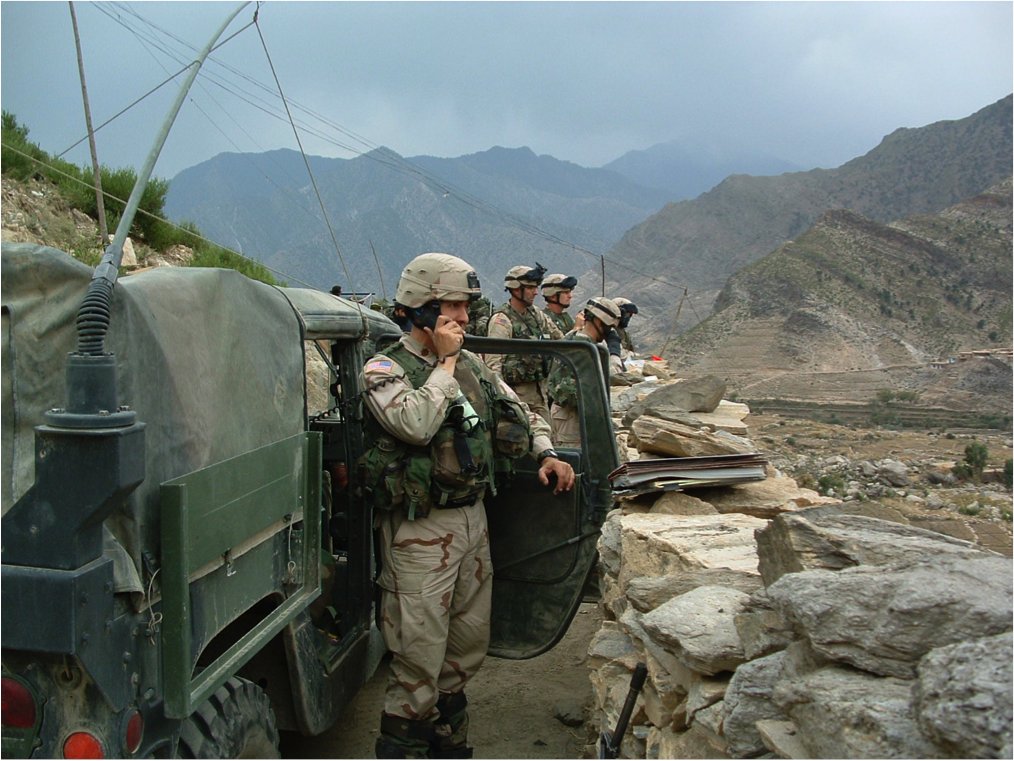

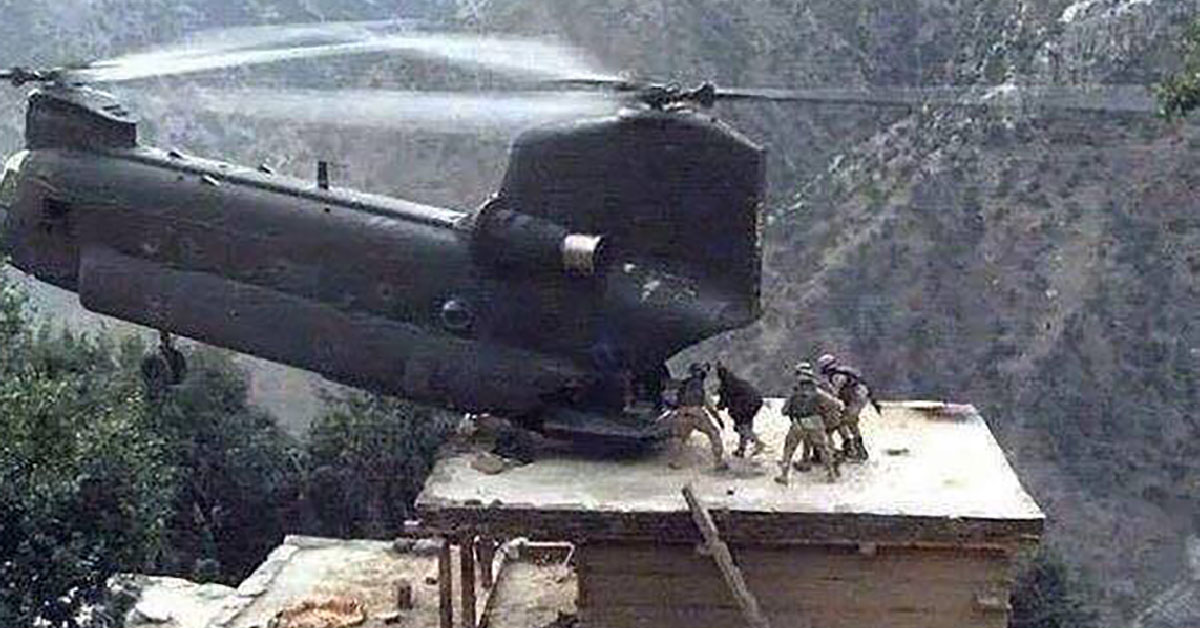

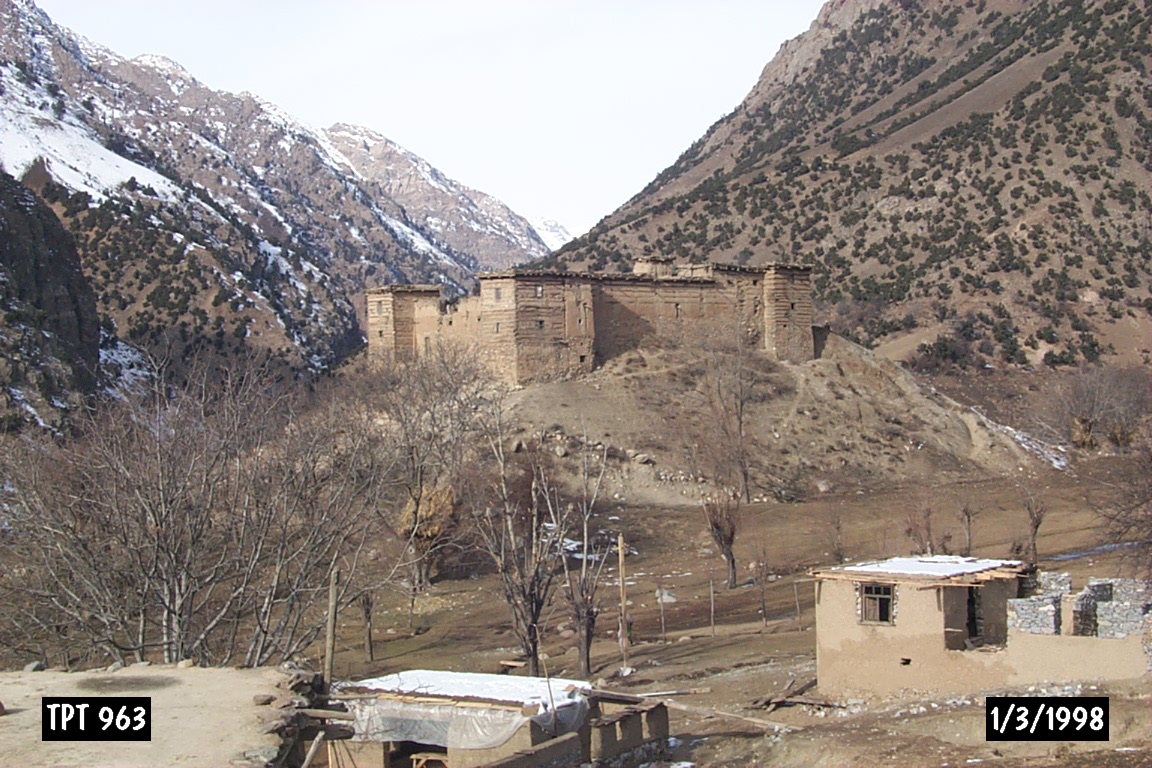
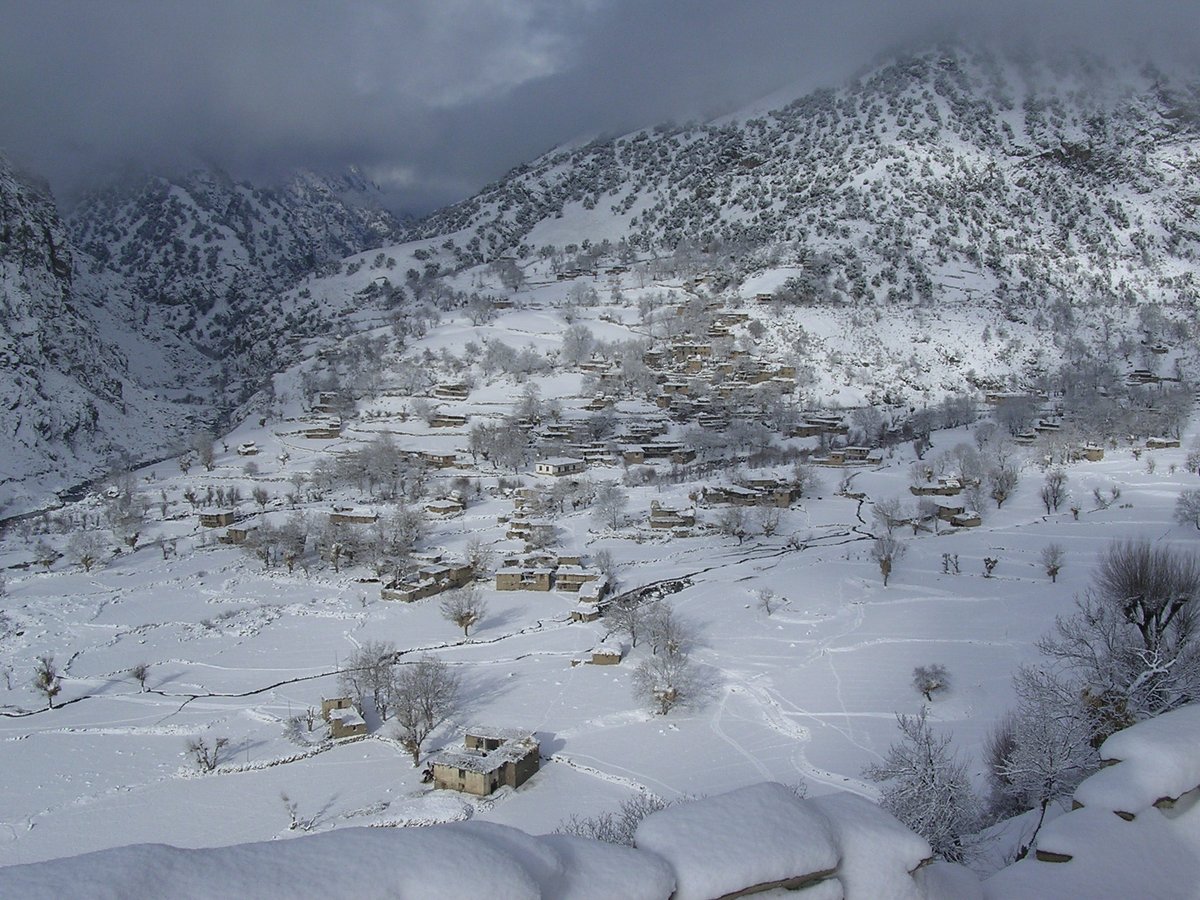
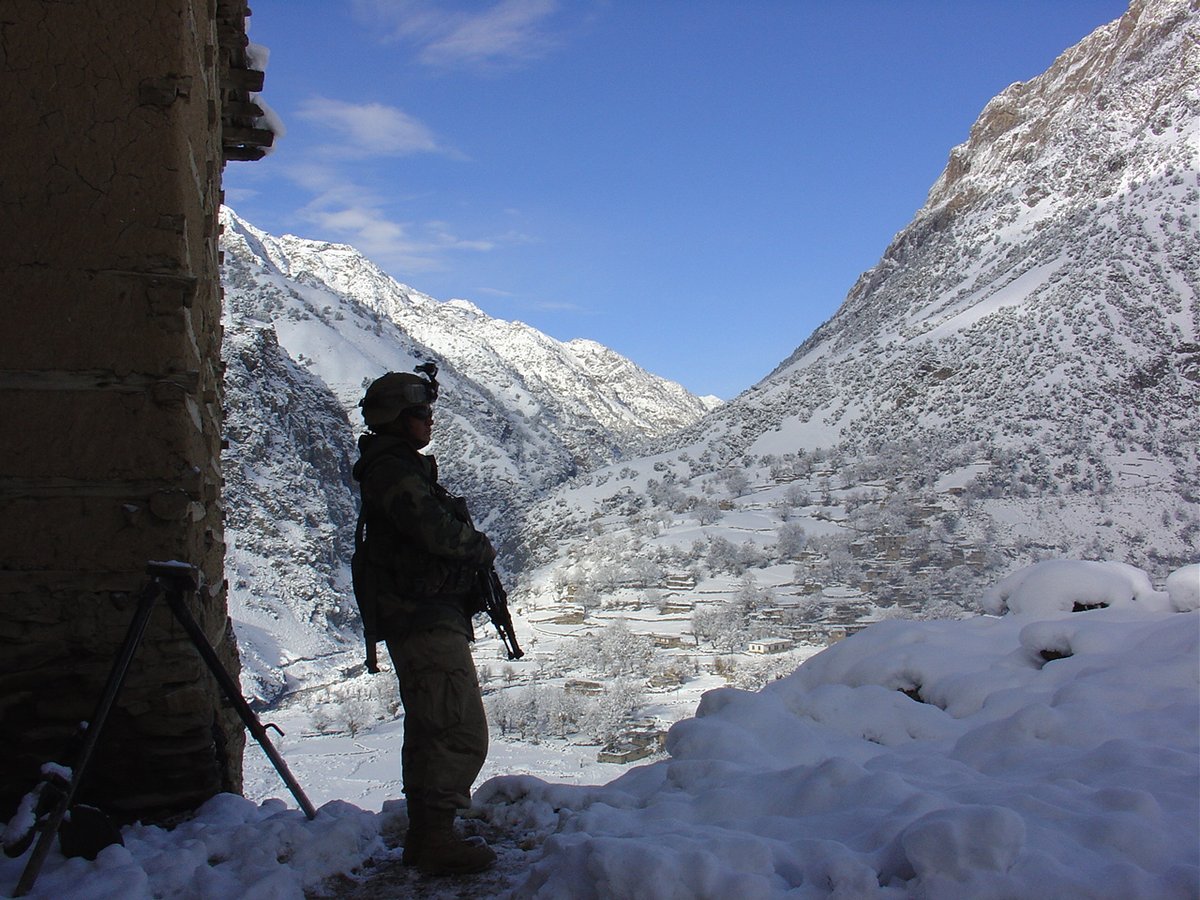
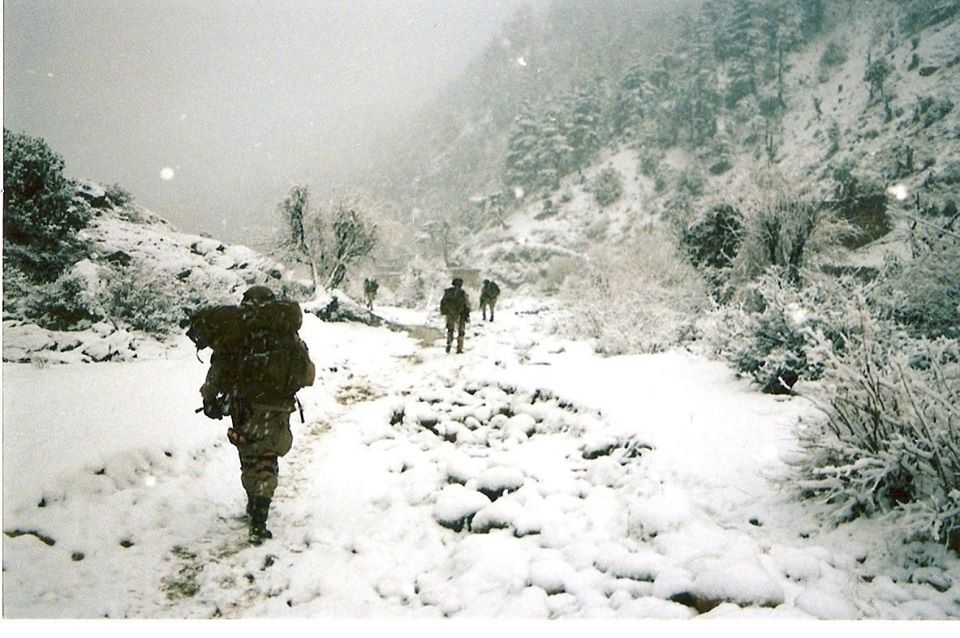


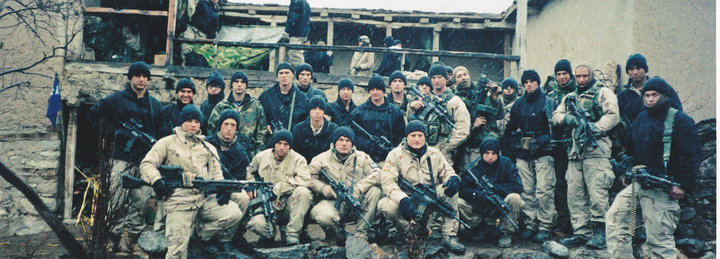

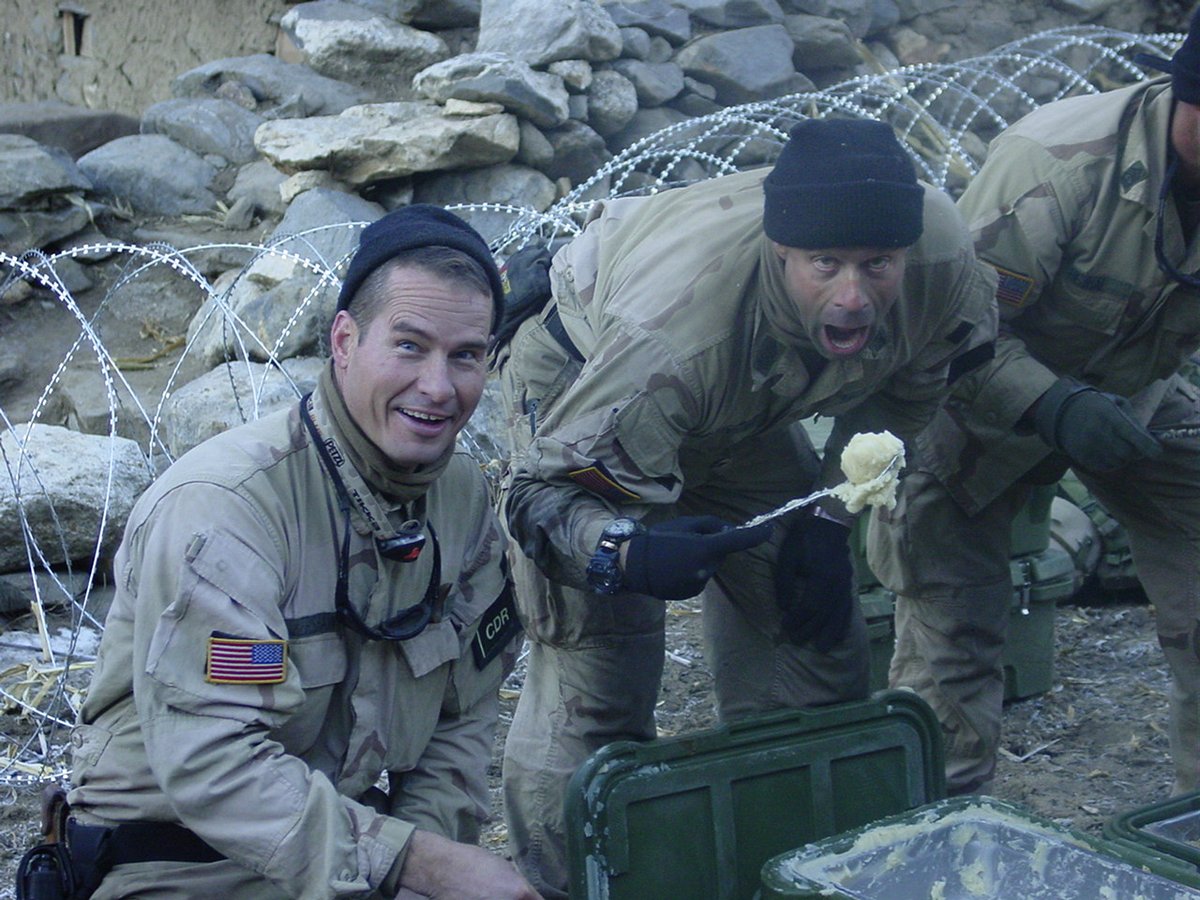


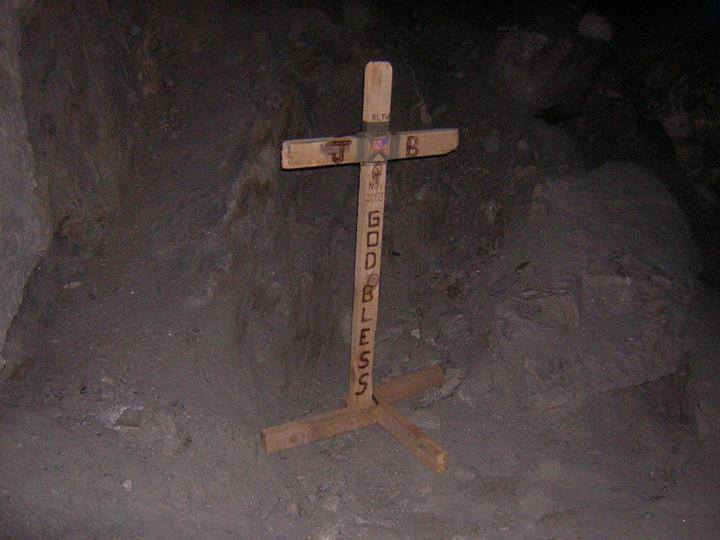
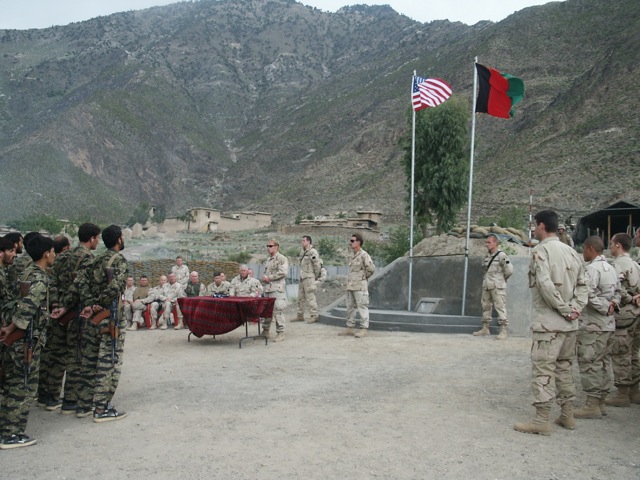
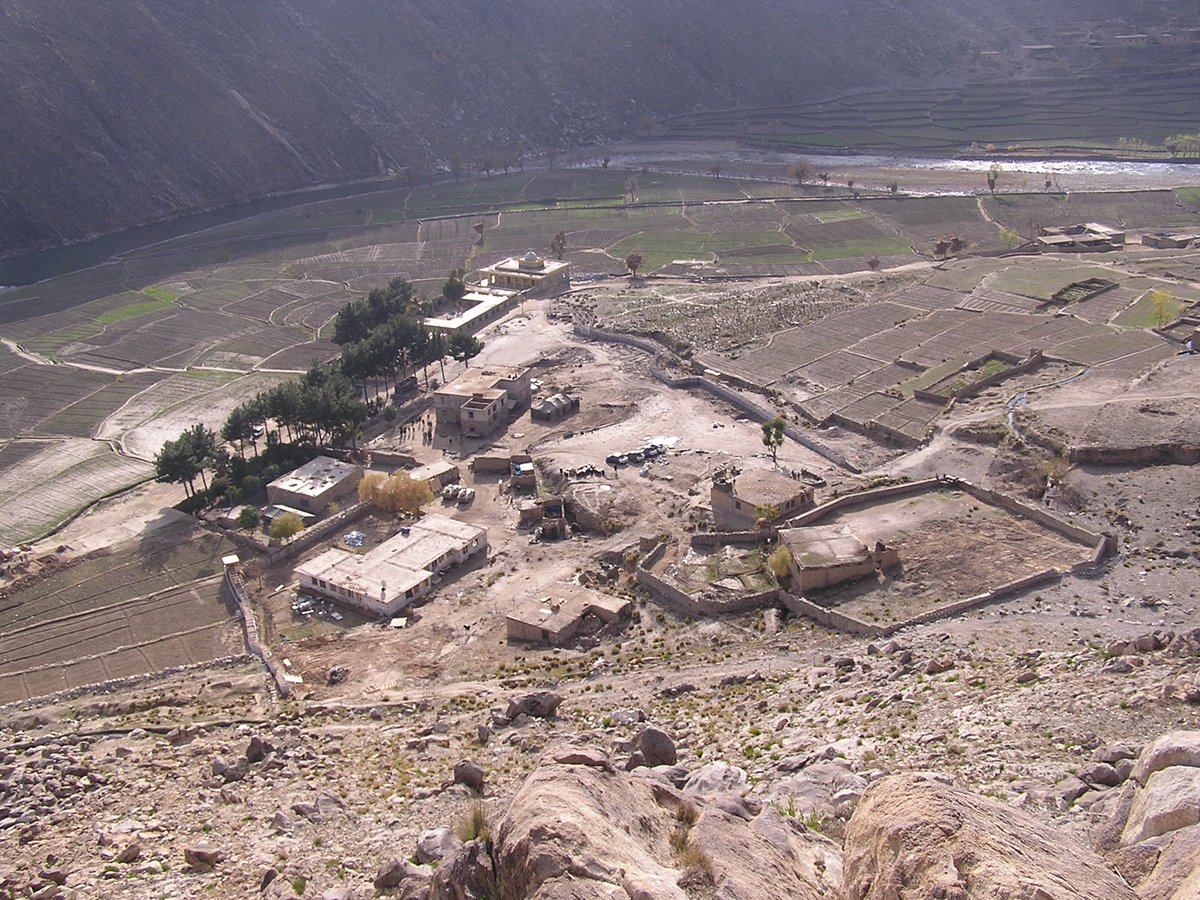



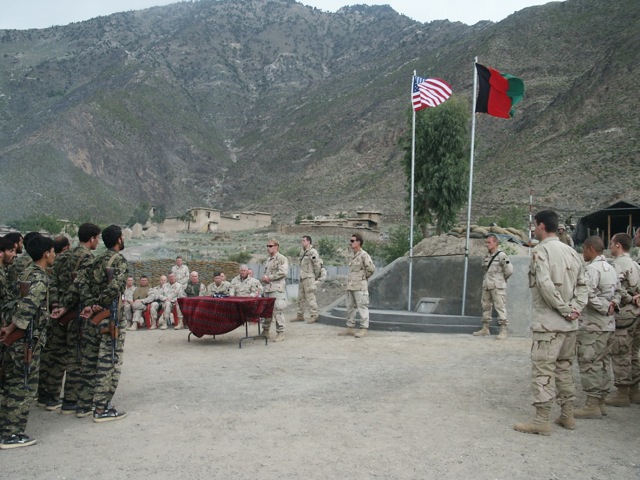
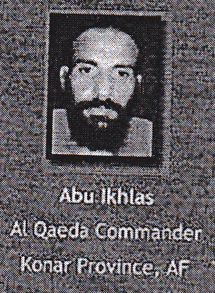
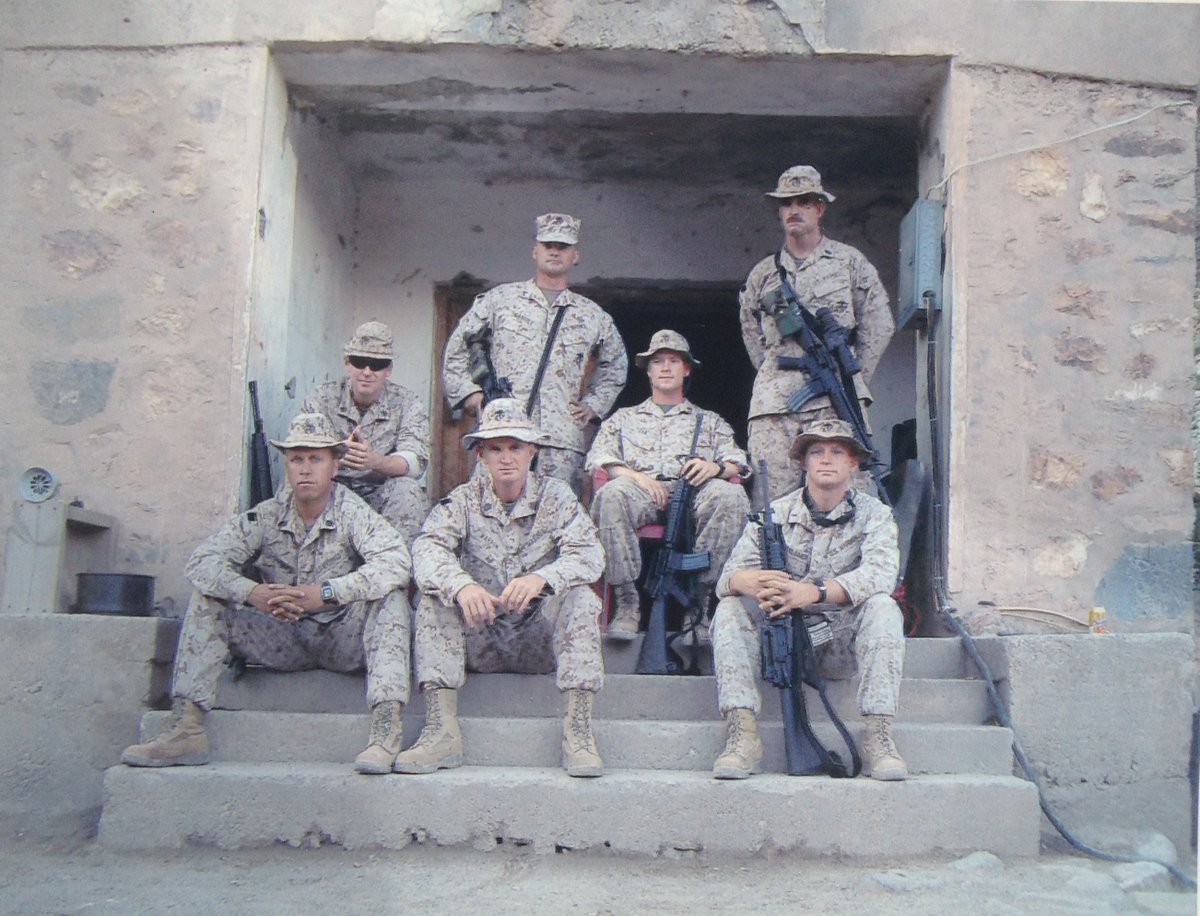
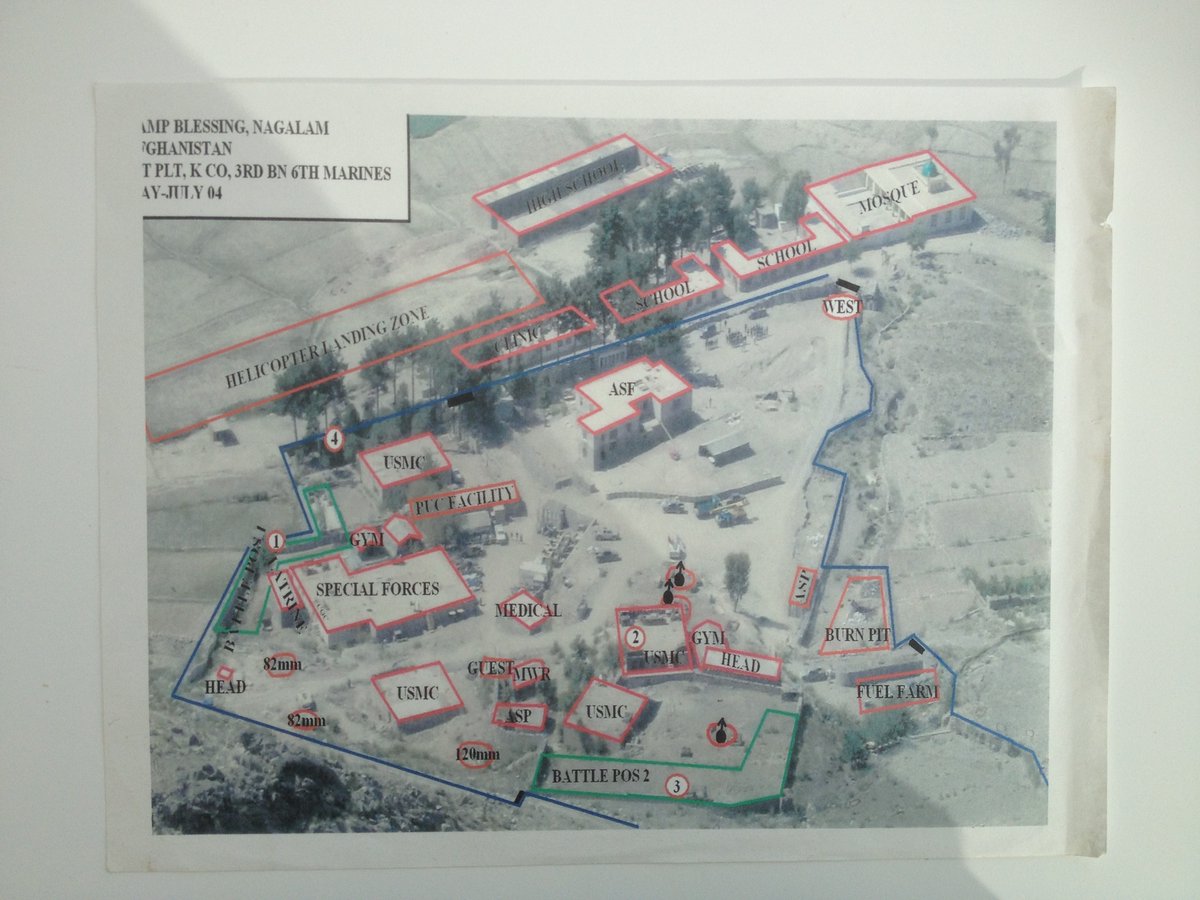

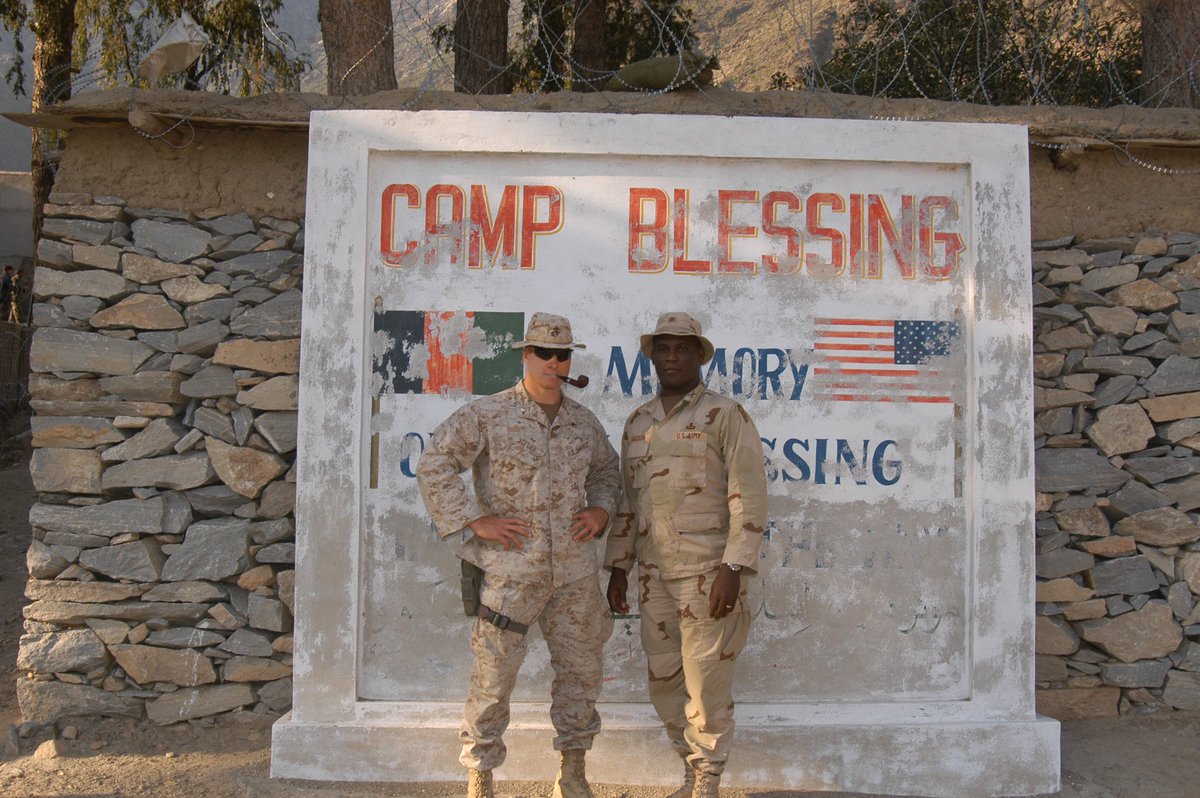
![Alford was struck by the Pech fighters’ skill, comparing them to AQI fighters he dealt with the next year in Qaim. “In the Pech, you didn’t find a dead enemy soldier...they could drag [them] away faster than anybody I’ve ever seen,” he told me. Here’s the terrain: Alford was struck by the Pech fighters’ skill, comparing them to AQI fighters he dealt with the next year in Qaim. “In the Pech, you didn’t find a dead enemy soldier...they could drag [them] away faster than anybody I’ve ever seen,” he told me. Here’s the terrain:](https://pbs.twimg.com/media/EyYUVZTWgAMBRgF.jpg)
